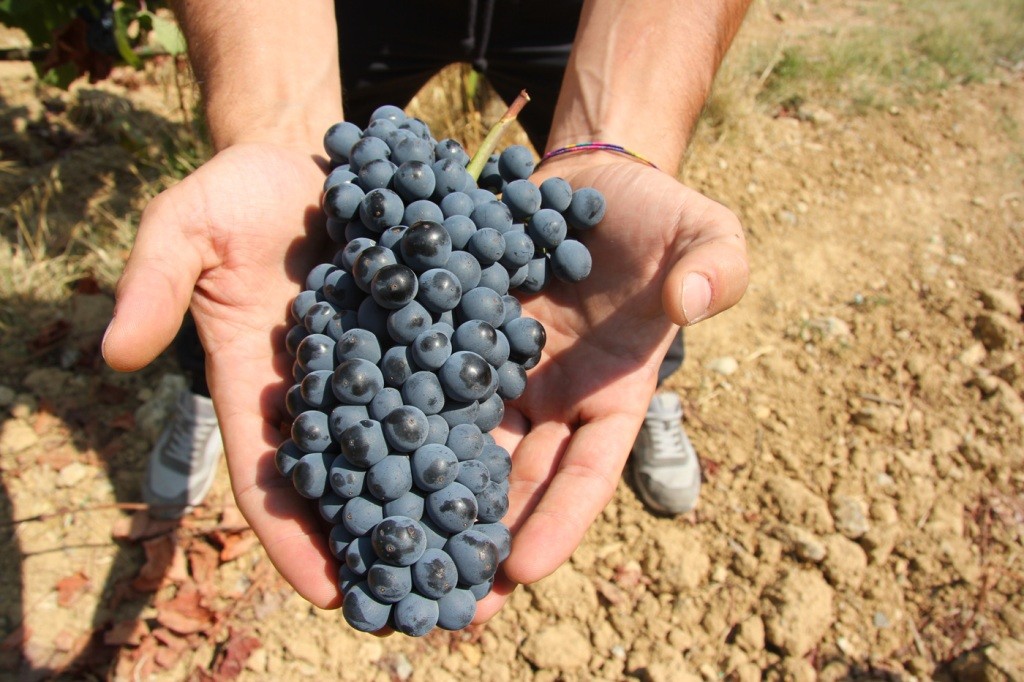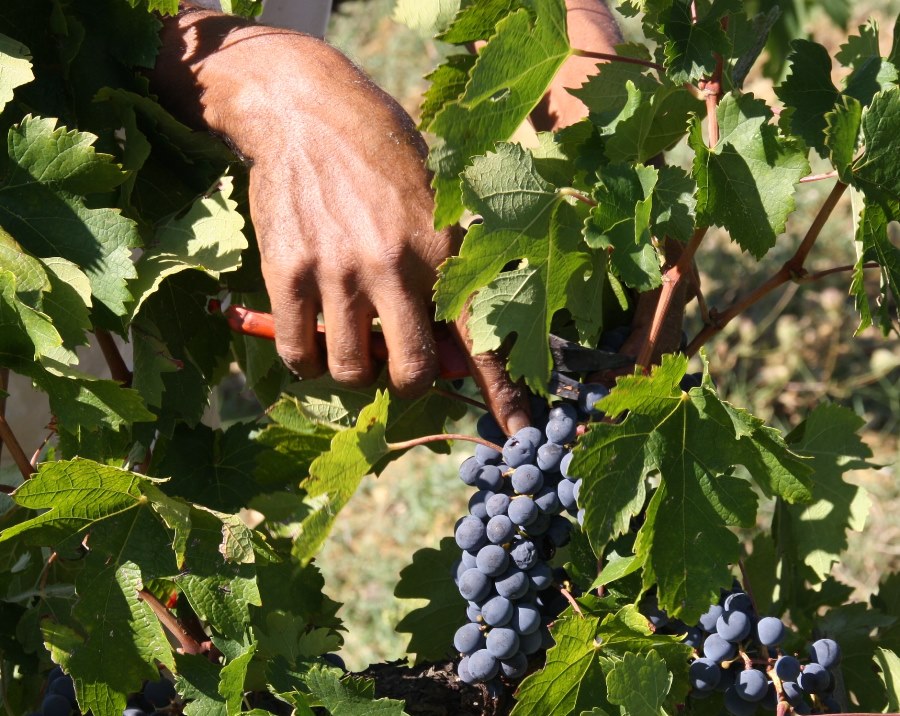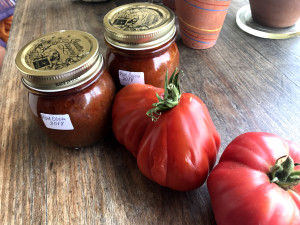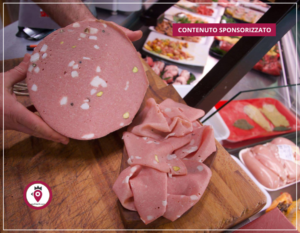Articolo disponibile anche in: Italian
One thing is certain: there’s a general feeling of optimism now among Tuscan wine producers and professionals, thanks to a good year that is making up for the anomalies of 2017.
This year we had a harsh winter, a rainy spring, and a mild summer at least until late July, when the temperatures started to rise. And more importantly, the great issue of 2017, the drought, has been resolved – thanks to 1,000 mm rainfall by mid-2018, against the 450 mm in 2017.
Because of the abundant rain, extraordinary interventions had to be taken to avoid fungal diseases, especially downy mildew. But it’s essential for the vineyards to have valuable water resources available to face the long hot summer that is coming.
This will define the quality and the character of the wines produced this year. It’s still too early to make predictions in this sense, as the weeks preceding the grape harvest will be crucial.
The harvest will start from the second half of August until late October, depending on the territories and the vineyards.

The following testimonials provide an overview of the current situation in the Chianti Classico and in other areas of Tuscany.
From the Chianti Classico, Giulio Carmassi – technical manager of Gagliole in Castellina in Chianti – says: “The cold months of February and March delayed the germination. But after a difficult spring, our vineyards are now in excellent condition, with well-developed leaves and healthy grapes. June and July were hot and if the summer continues like this 2018 will be a good year”.
Marco Fizialetti of the Castello di Querceto, Greve in Chianti: “So far the climate of 2018 has been favourable. We had no frost during spring, while the heavy rains produced water reserves that could withstand any summer droughts. The growth of the grapes is proceeding well, both in terms of quantity and timing”.
Alessandro Campatelli, director and enologist at Riecine, in Gaiole in Chianti: “The flowering and the setting have been perfect and produced healthy bunches that are ripening smoothly. The plants, benefiting from the abundance of rainfall, are strong enough to withstand potential heat waves during August”.

On the subject of the Brunello wine territory, Carlo Ferrini talks about his company, Giodo, and points out that: “July brought ideal temperatures. Certainly the winter cold and the abundant spring rains have been more than positive to recharge the groundwater levels. On the other hand, it has been essential to protect the plants from various diseases (especially downy mildew). So far the grapes are growing beautifully and in ideal quantities”.
Speaking of Montalcino, Fabrizio Lazzeri, an agronomist at Tenute Silvio Nardi, says: “Due to the spring trend there’s been a clear delay in the vines’ phenological phases. We can presume that the fruits will ripen completely by the end of July. The grapes’ quality is good and well supported by well-developed leaves, that can guarantee excellent maturation stages until the harvest”.
Finally, Donata Vieri, oenologist at the Fattoria le Pupille: “The Maremma had a mild winter and a rainy spring, and cool temperatures at the beginning of the summer. The ideal conditions this season have contributed to healthy and productive vineyards”.


